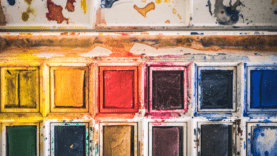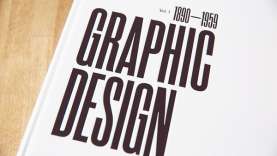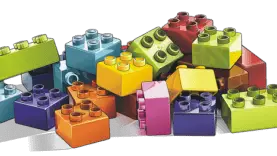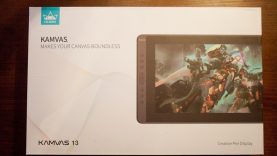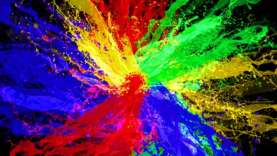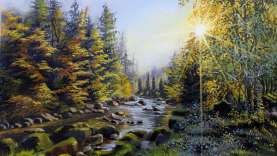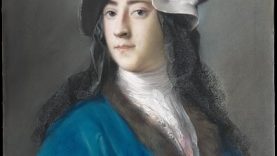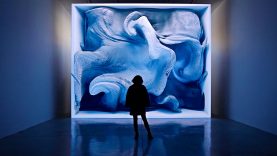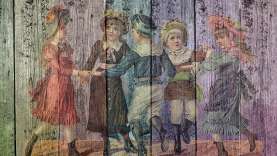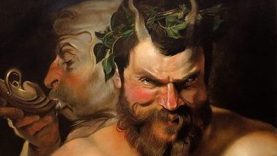
Top 15 Watercolor Painting Techniques To Try
Artwork and paintings enhance the beauty of your surroundings and make places look lively and cozy. Artevince is the colorful world of watercolor painting, in which creativity flows as freely as the water that includes the pigments. Whether you are a seasoned artist or simply dipping your brush into the enchanting realm of watercolors, this blog is your manual to exploring and mastering the pinnacle 15 watercolor painting techniques.
Let’s dive in
- Wet-on-Wet Technique
Begin your inventive adventure by way of embracing the fluidity of the moist-on-wet approach. Apply water to your paper before adding pigments for a beautiful, mixed impact. This technique creates gentle transitions and is best for creating dreamy landscapes and ethereal backgrounds.
- Dry Brush Technique
For a better-managed technique, try the dry brush method. Apply paint to a dry floor to attain textured and certain strokes. This approach is wonderful for adding complex info to your paintings, giving them a unique and tactile experience.
- Salt Texture Technique
Unleash the magic of salt on your watercolor creations. Sprinkle salt onto moist paint to create fascinating textures as the salt absorbs the water, leaving it at the back of captivating patterns. Experiment with distinctive salt grain sizes for various results.
- Lifting-off Technique
Discover the art of subtraction with the lifting off method. Lift off moist paint with an easy, damp brush or paper towel to show lighter areas or accurate mistakes. This technique provides versatility for your watercolor toolkit.
- Masking Fluid Magic
Preserve the white spaces in your masterpiece through the use of overlaying fluid. Apply this liquid before painting, and as soon as your artwork is complete, gently rub off the masking fluid to unveil the untouched areas. This approach is mainly useful for complicated info.
- Glazing Brilliance
Enhance the vibrancy of your shades via glazing. Layer obvious washes of colouration over dried paint to create a luminous effect. Experiment with extraordinary shade mixtures to achieve a captivating and multidimensional result.
- Splatter Painting
Inject playful energy into your watercolor paintings with the splatter portray technique. Load your brush with paint, preserve it above your paper, and faucet it to create spontaneous and dynamic splatters. This technique is best for including a touch of spontaneity in your paintings.
- Negative Painting
Explore the power of negative areas through the usage of the terrible painting approach. Instead of painting the challenge at once, paint around it to define its form. This technique adds depth and complexity to your compositions.
- Sgraffito Technique
Uncover hidden layers with the sgraffito approach. Scratch into moist or dry paint with a pointed device to reveal the layers, developing tricky textures and including a detail of wonder in your watercolor artwork.
- Blotting and Lifting Technique
Play with the transparency of watercolors by means of the use of the blotting and lifting technique. Apply paint to your paper, and while it is nonetheless wet, blot with a tissue or raise off colouration with a broom to create soft, diffused outcomes.
- Granulation Exploration
Embrace the granulating houses of certain pigments for unique textures. Granulation happens when pigments settle into the paper’s texture, developing a grainy appearance. Experiment with granulating shades to feature intensity and individuality for your artwork.
- Double Loading Technique
Double your palette, double the fun! With the double loading technique, practice two exceptional colourations on your brush for a continuing blend of colors in a single stroke. This technique is incredible for growing gradient effects and including visible hobbies for your watercolor artwork.
- Impasto with Watercolors
Challenge conventional perceptions through experimenting with impasto in watercolors. Apply thick, textured layers of paint to create a tactile and sculptural first-class on your paintings. This technique adds a 3-dimensional detail to your artwork.
- Stippling Mastery
Master the art of stippling to create problematic information and textures for your watercolor artwork. Dab your brush again and again on the paper to build up tones and upload intensity to your paintings. Stippling is specifically powerful for portraying quality info on topics like foliage or fur.
- Color Lifting with a Dry Brush
Refine your watercolor artwork with the aid of lifting off shade with a dry brush. This technique allows you to selectively eliminate pigment to create highlights or add diffused info. Experiment with one of a kind brushes and stress for various effects.
Here Are Some Additional Tips For Painting Art Watercolour
- Timing is Crucial: Practice lifting at special levels of drying to take a look at how the approach varies. Lift whilst the paint remains wet for softer outcomes and after it has dried for crisper highlights.
- Quality Brushes Matter: Invest in amazing brushes with high-quality bristles to make certain precision and control. A nicely crafted brush complements your capacity to lift pigment with finesse.
- Layering for Depth: Combine colouration lifting with layering strategies to create depth on your painting art watercolor. Lift off pigment in precise regions after applying layers to unveil underlying tones and textures.



